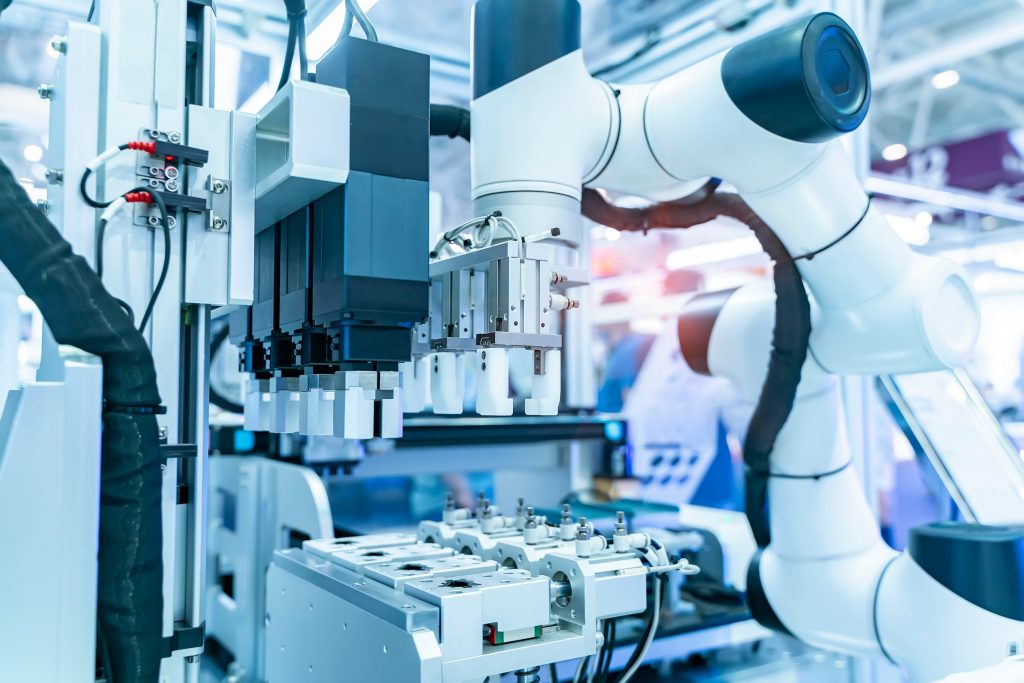Preventing Catastrophic Failures: The Role of Calibration in Lives at Stake Industries
Precision is a necessity in many industries—and calibration plays a critical role in ensuring safety, reliability, and compliance. From aerospace to healthcare, small deviations in measurement can lead to catastrophic consequences that could compromise lives, cause financial losses, and damage reputations.
Calibration is a critical safeguard that ensures instruments, machinery, and systems operate within strict tolerances, preventing malfunctions that could result in serious harm. Robust calibration programs are essential for industries where even a fraction of a millimeter or a degree of temperature can make the difference between success and disaster.
The Importance of Calibration in High-Risk Industries
Whether it’s an aircraft’s navigation system, a hospital’s medical devices, or a pharmaceutical company’s formulation process, even the slightest deviation from calibrated standards can lead to safety hazards, financial losses, and legal liabilities. Below, we explore the critical role of calibration across several high-stakes industries.
Aerospace & Defense
In the aerospace and defense industry, equipment calibration ensures that critical tools and instruments maintain their accuracy, allowing engineers, technicians, and manufacturers to produce components that meet stringent regulatory and safety standards. Given the industry’s reliance on high-performance systems—ranging from aircraft navigation instruments to missile guidance systems—regular calibration is essential to prevent deviations that could compromise mission success. Adhering to ISO 17025, ANSI Z540.3, and other industry-specific calibration standards helps ensure consistency, traceability, and compliance with regulatory bodies such as the FAA, NASA, and the Department of Defense.
Beyond compliance, effective calibration programs enhance operational efficiency and cost savings. Uncalibrated equipment can lead to incorrect measurements, resulting in production delays, quality issues, and costly rework or recalls. Additionally, digital calibration management systems streamline documentation, audit readiness, and data integrity, providing aerospace and defense organizations with the confidence that their equipment performs at peak precision under the most demanding conditions.
Healthcare & Medical Devices
The accuracy of life-saving medical devices is non-negotiable, as even the smallest errors can have fatal consequences. Equipment like ventilators, infusion pumps, and imaging equipment such as MRI and CT scanners must be calibrated regularly to ensure precise operation.
Incorrect calibration can lead to overdoses, misdiagnoses, or failed emergency interventions, putting patient lives at risk. For example, a miscalibrated insulin pump could administer incorrect dosages, leading to life-threatening complications. Device manufacturers must adhere to stringent calibration protocols set by agencies like the FDA and ISO 13485 to maintain patient safety and treatment efficacy.
Pharmaceuticals
Precision is critical in pharmaceutical production, where accurate measurements of ingredients, temperature control, and dosing determine the safety and effectiveness of medications. A single miscalibrated device in a production line could compromise an entire batch of life-saving medication, leading to costly recalls and potential harm to patients.
Drug manufacturers must routinely calibrate equipment such as spectrophotometers, temperature sensors, and pressure gauges to comply with current Good Manufacturing Practices (cGMP). Regulatory agencies like the FDA and the European Medicines Agency (EMA) enforce rigorous calibration standards to ensure that pharmaceutical products meet strict safety and efficacy requirements before reaching consumers.
Manufacturing & Heavy Industry
Industrial processes rely on accurate pressure, temperature, and weight measurements to maintain structural integrity, efficiency, and product quality. Poor calibration in manufacturing environments has led to high-profile failures, from collapsing bridges and defective consumer electronics to vehicle recalls due to faulty sensors. For example, an incorrectly calibrated torque wrench in an automotive assembly line could result in improperly fastened bolts, jeopardizing vehicle safety.
Manufacturers implement routine calibration schedules for equipment such as load cells, pressure transducers, and robotic assembly lines to prevent such failures.
Companies prioritizing precise calibration practices reduce the risk of catastrophic failures.
How Calibration Prevents Catastrophic Failures
Most new equipment performs as expected largely due to final inspection and tests in the manufacturing process. However, over time, instruments can drift due to environmental factors, wear, or mechanical stress. Regular calibration detects early signs of degradation, preventing tools from going out of tolerance and ensuring operational reliability.
Regulatory compliance further underscores the importance of calibration. Agencies like the FDA, ISO, and the FAA mandate strict protocols to ensure measurement accuracy and safety. Noncompliance can result in fines, legal issues, and, most critically, compromised safety. Adhering to calibration standards protects both businesses and lives.
Calibration also extends equipment lifespan and enhances reliability. Well-maintained instruments are less prone to breakdowns, reducing downtime and maintenance costs. This proactive approach improves efficiency and keeps operations running smoothly.
Ultimately, calibration is not just about accuracy—it is a fundamental safeguard for safety, compliance, and system performance across industries.
Best practices for effective calibration management include:
- Structured Calibration Programs: Implementing a clear schedule for routine calibration helps ensure compliance and prevents unexpected failures.
- ISO 17025 Accredited Calibration Services: Partnering with accredited calibration providers ensures traceability, accuracy, and compliance with global standards.
- Training & Awareness: Employees should be trained to recognize signs of calibration drift and understand the importance of routine checks.
- Leveraging Technology: Real-time monitoring, data analytics, and predictive maintenance tools can improve calibration efficiency and prevent potential failures before they happen.
SIMCO’s 60 years of expertise in high-risk industries ensures that businesses meet regulatory requirements and maintain operational excellence by providing tailored calibration services for aerospace, medical, and industrial clients, reducing downtime and enhancing reliability.
By implementing data-driven, proactive calibration strategies, we have helped leading companies prevent catastrophic failures, and we’re ready to help you as well. Reach out today for a quote and to learn more about our services!


